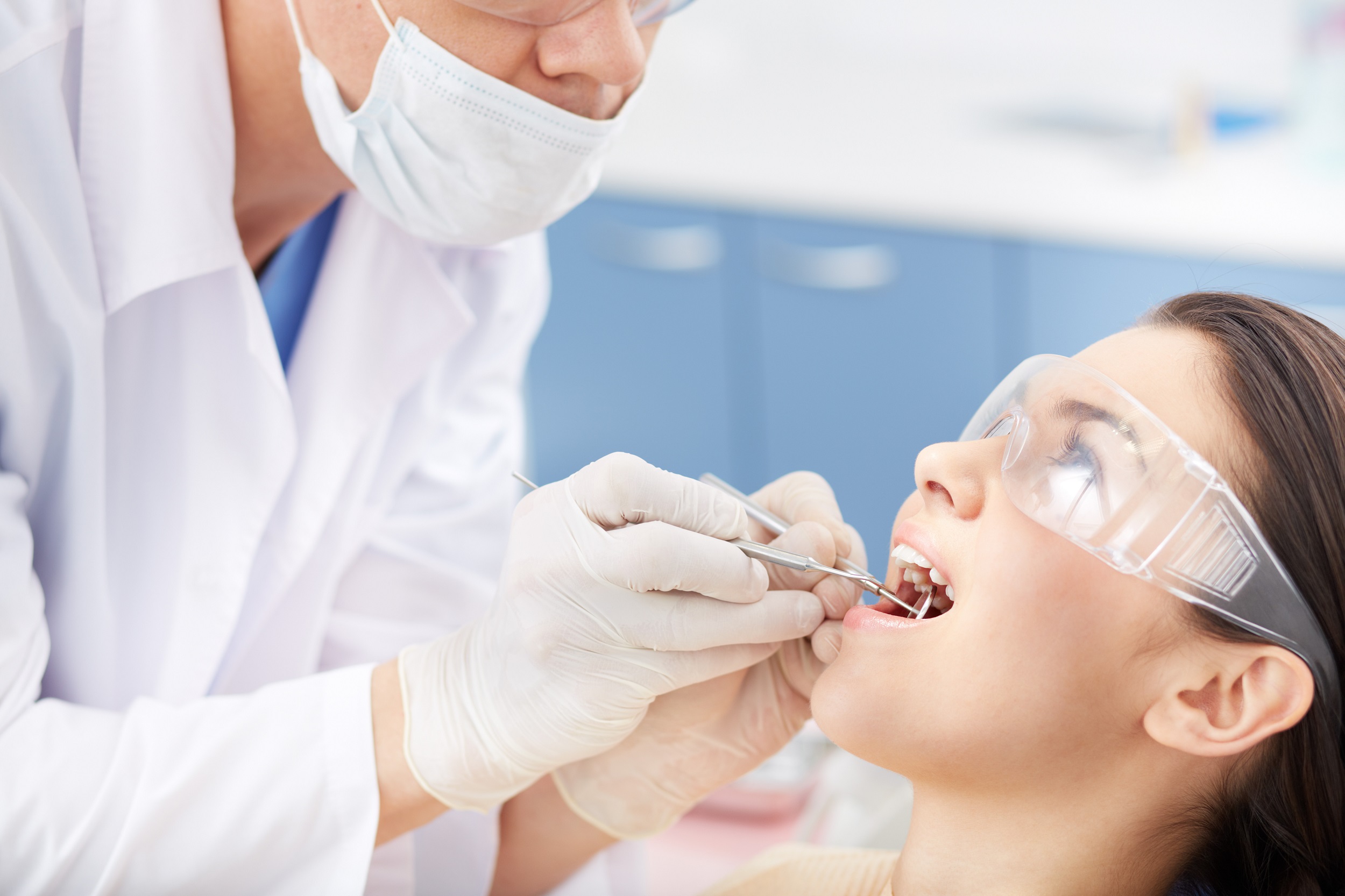
Tooth extractions in Varsity are done by our dentist near you for various reasons. The problem could be an impacted wisdom tooth or a severely decayed tooth. In some instances, our dentist will perform a tooth extraction to make room for orthodontic treatment. Whatever the reason, tooth extractions are unpleasant but necessary to relieve dental pain and prevent future oral health problems.
What Are Tooth Extractions?
Tooth extractions are a procedure in which our dentist in Varsity removes a tooth. Tooth extractions near you are performed for many reasons, including dental cavities, trauma or injury to the tooth, and infections.
The kind of tooth extraction our dentist performs will depend on the position, shape, size, and location of your affected tooth. The two main kinds of extractions performed at Greystone Family Dental are simple and surgical extractions. A simple extraction is done on a visible tooth and can be taken out in one piece. A surgical extraction is more complicated and may require the removal of the tooth along with gum tissue and bone. An example of a surgical tooth extraction is a wisdom tooth extraction, which is commonly performed on impacted wisdom teeth.
What is the Tooth Extraction Procedure?
Before beginning the procedure, our dentist at Greystone Family Dental will take x-rays of your tooth to determine its angle and position. They will then administer a local anesthetic to ensure that you don’t feel any pain. Next, they will use a tool to gently move your tooth back and forth until it is loose enough to lift out of the socket. In some cases, they may have to make a small incision in your gums to reach the affected tooth. After the tooth has been removed, the gum tissue may be sutured closed, and a thick piece of gauze will be placed over the extraction site to begin the clotting process.
Healing After Tooth Extractions
After getting your teeth extracted, our dentist will provide you with after-care tips to reduce your discomfort and promote healing.
Patients should leave the gauze in place for about twenty minutes and replace it if it becomes too full of blood. You should expect some bleeding to continue for one to two days after surgery. You may notice a small amount of swelling at the extraction site, which can be managed by applying an ice pack to the side of your face.
The most significant time for healing is in the first 24 hours after your tooth extraction. During this time, you mustn’t irritate the extraction site as this will prevent blood clots from effectively forming. Patients should avoid:
- Using a straw when drinking liquids
- Eating crunchy foods
- Smoking
- Rinsing vigorously
- Sucking on the extraction site
- Disturbing the extraction site with their tongue
It is also recommended that you drink plenty of water after dental extractions and stick to a soft food diet. As your extraction site heals, you can gradually introduce solid foods into your diet. Make sure to chew on the other side of your mouth until your wound has entirely healed.
Continue brushing and flossing after your procedure, but avoid the extraction site until it is healed. You can begin rinsing your mouth every few hours after your procedure using a warm saltwater mixture.
If you notice any issues or complications during your recovery period, contact our team of dedicated dental professionals at Greystone Family Dental for advice and a checkup.